With tilt-shift photography, a city, landscape, or any life-sized subject can simulate a miniature model scene. It’s a popular form of creative photography that will hold your viewers’ attentions, making them see the world anew or experience nostalgia through toy-sized objects.
Want to learn how to create a cool tilt-shift photograph without using a tilt-shift lens? In this tutorial, Minnesota-based photography duo Alexandra Petrova and Bharath Wootla will show you how they pulled it off in their popular photo, “Metro TS” which they shot in Paris. Read on for the tutorial, followed by an exclusive interview and their other tilt-shift images!
by Alexandra Petrova
We’re fascinated with creating a trompe l’oeil, an illusion of a small town. Tilt-shift photography provides an opportunity to do exactly this. It allows us to miniaturize things, where we see the cities we love as toy cities. This technique of applying selective focus on a photograph to create “miniatures” has become increasingly popular.
We have two simple tips for getting the best tilt-shift effect:
1. Shoot your subject or scene of interest from an elevated position. The miniature illusion is achieved by creating an artificial focus on the subject through a lens-blurring effect before and behind the subject. This creates a shallow depth of field, which will make the scene appear much smaller than what it actually is in real life.
2. Increasing the image saturation will lead to a toy world-like effect for your image.
These days, you don’t even need to use a tilt-shift lens to create this effect, since Photoshop or mobile devices allow this possibilty. In fact, we’ve never owned or used a tilt-shift lens. Perhaps owing a tilt-shift lens will change our preferences, but for now post-processing is what we prefer.
In order to create a fake tilt-shift effect, we use an app on my iPhone, iPad, and Mac called Snapseed (which is now Nik software, currently owned by Google). In this tutorial, I will show examples of how we faked a tilt-shift effect in one of my photos using Snapseed for Mac. However, it appears that Google does not sell Snapseed for Mac anymore. The Snapseed app on iPhone or iPad works the same. This same tutorial would hold good. A good alternative program on Mac would be Photoshop; Photoshop CC has an inbuilt Tilt-shift plugin in Blur filters. On Aperture, there is a special plugin developed by Stefan Hafeneger.
1. Open the image in Snapseed app.
2. Using Tune Image, play around with brightness, contrast, ambience, and color temperature to give a much warmer treatment to the image.
3. Next, using the special Tilt-Shift effect filter in Snapseed, choose the gradient placement and amount of Lens Blur adjusting the blur transition. The TS filter in Snapseed by default creates a horizontal zone of sharpness right in the center of the image. However, we decided that for this particular image, a slightly-inclined plane of axis would be ideal. As soon as the filter is appliedm the TS effect is visualized. But some more fine-tuning is required to suit your photo better. Note how we also increased saturation and contrast even in this filter.
4. However, we figured out that the saturation we achieved was still not sufficient. So again, in the Tune Image filter module, we augmented saturation, contrast and reduced warmth. The next important part of the image is to have structure and sharpness. Fortunately for us, the guys at Nik software thought about this.
5. In the Details filter effect, sharpness and structure are increased to further enhance the effect.
Below is the final result:
We hope you found their process helpful in creating tilt-shift pictures. Now let’s make the couple behind the tutorial. Scroll down for our exclusive interview with Alexandra and Bharath, and see more of their cool tilt-shift work.
Hi guys! How did you both meet?
ALEXANDRA PETROVA & BHARATH WOOTLA: We first met in 2007, while waiting for our French VISAs in Paris. Both of us were students back then. Thanks to the amount of time we had to wait, we got a great opportunity to talk. We found out that both of us like photography, and so decided to go on a Photo Walk date. We were amateur photographers when we first met.
How did each of you discover photography?
ALEXANDRA: I discovered photography with the first camera that I bought. At that time, I was working as a receptionist on a tourist ship in Russia. Traveling through the country and visiting beautiful cities filled with heritage and culture—I wanted to capture all these memories.
BHARATH: I discovered photography while studying in India. A friend of mine lent me his Canon EOS Elan IIe. This was a film camera. As a student, developing film and getting prints were expensive. With this in mind, I had to plan every shot carefully—from the settings to the angle time of shot. This helped me in capturing the best of nature, people, and objects around me.
How would you describe your photography style?
ALEXANDRA: We are inspired by so many masters of photography around us. Our personal goal is to capture a moment, or an object beautifully. We strive to achieve beauty, detail, and exquisiteness in our photos. We often achieve what is not physically possible through post-processing. We are still in the process of defining our unique style.
Do you have any tips on how two photographers can collaborate on shooting photos together?
ALEXANDRA: Collaborating with another photographer boosts your creativity. Your photos will turn out completely different from the other photographer’s images. When you plan a stylized photo shoot, it also helps that two photographers can split costs and an opportunity to try out each other’s gear. Finally, there is an opportunity to learn from each other. This is one of the biggest advantages of collaborating with another photographer.
What equipment/gear is in your camera bag?
ALEXANDRA: Canon EOS 5D Mark III, 16-35 mm f2.8, 35 mm f1.4, 70-200 mm f2.8L, 85 mm f1.2, and LEE filters.
Do you guys share the same gear?
ALEXANDRA: We share the same gear since we go on photo shoots together. This is sometimes problematic as each of us would like to capture a scene or moment differently. Here is where understanding the other photographer helps a lot—also, having a bit of tolerance.
What are your favorite places in the world to photograph?
ALEXANDRA: We both love to travel. We love taking photographs wherever we go, but our most favorite place in the world is always Paris.
What photograph are you each most proud of?
ALEXANDRA: For me, it is this portrait, “Lilac Fairy”.
BHARATH: I am most proud of, “Tromso Bridge”.
Follow Alexandra Petrova and Bharath Wootla on 500px to see more of their work, from portraiture to cityscapes.
You can also visit their website at ab-photography.us
For questions and comment about their work and process, leave a message below!





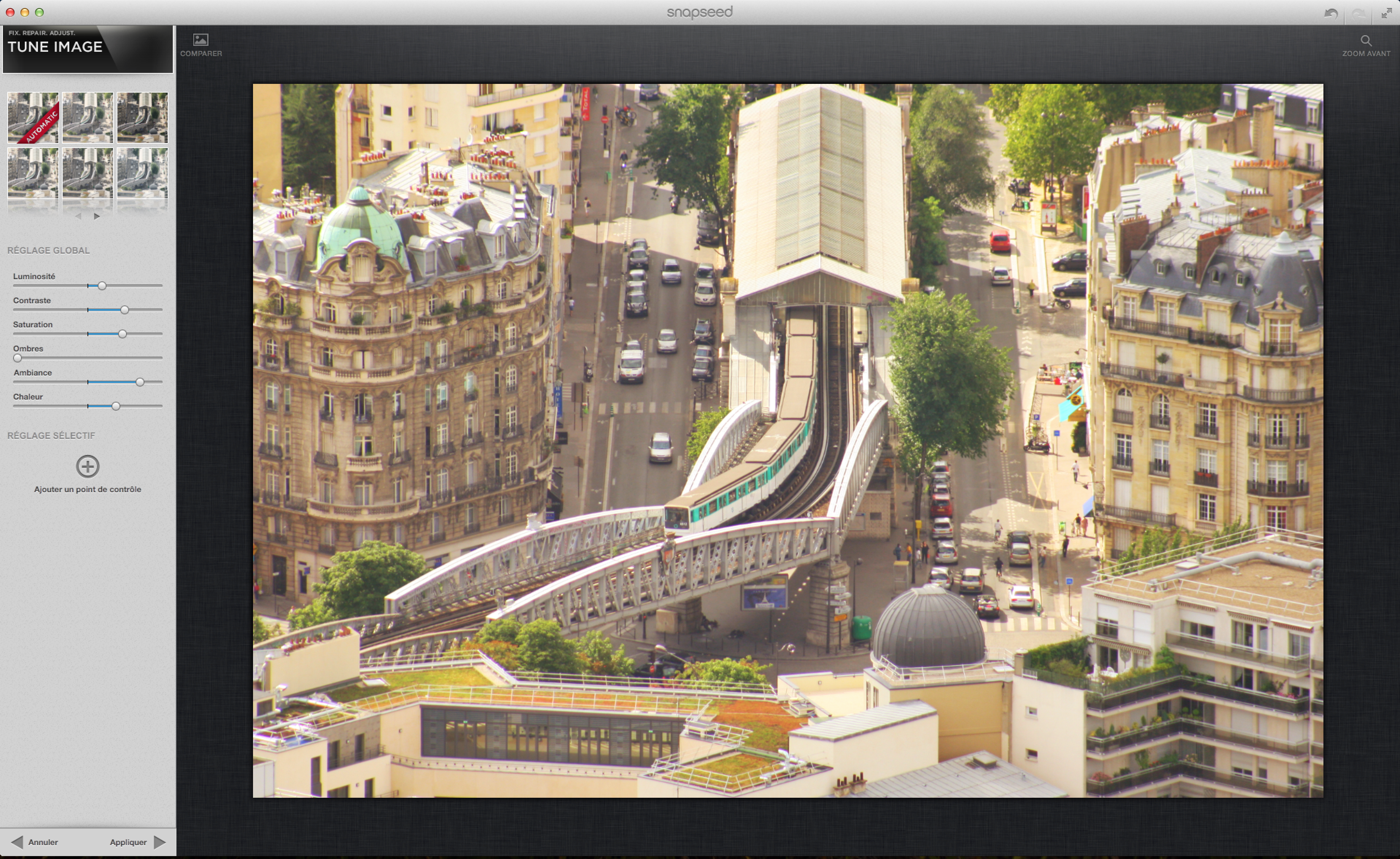
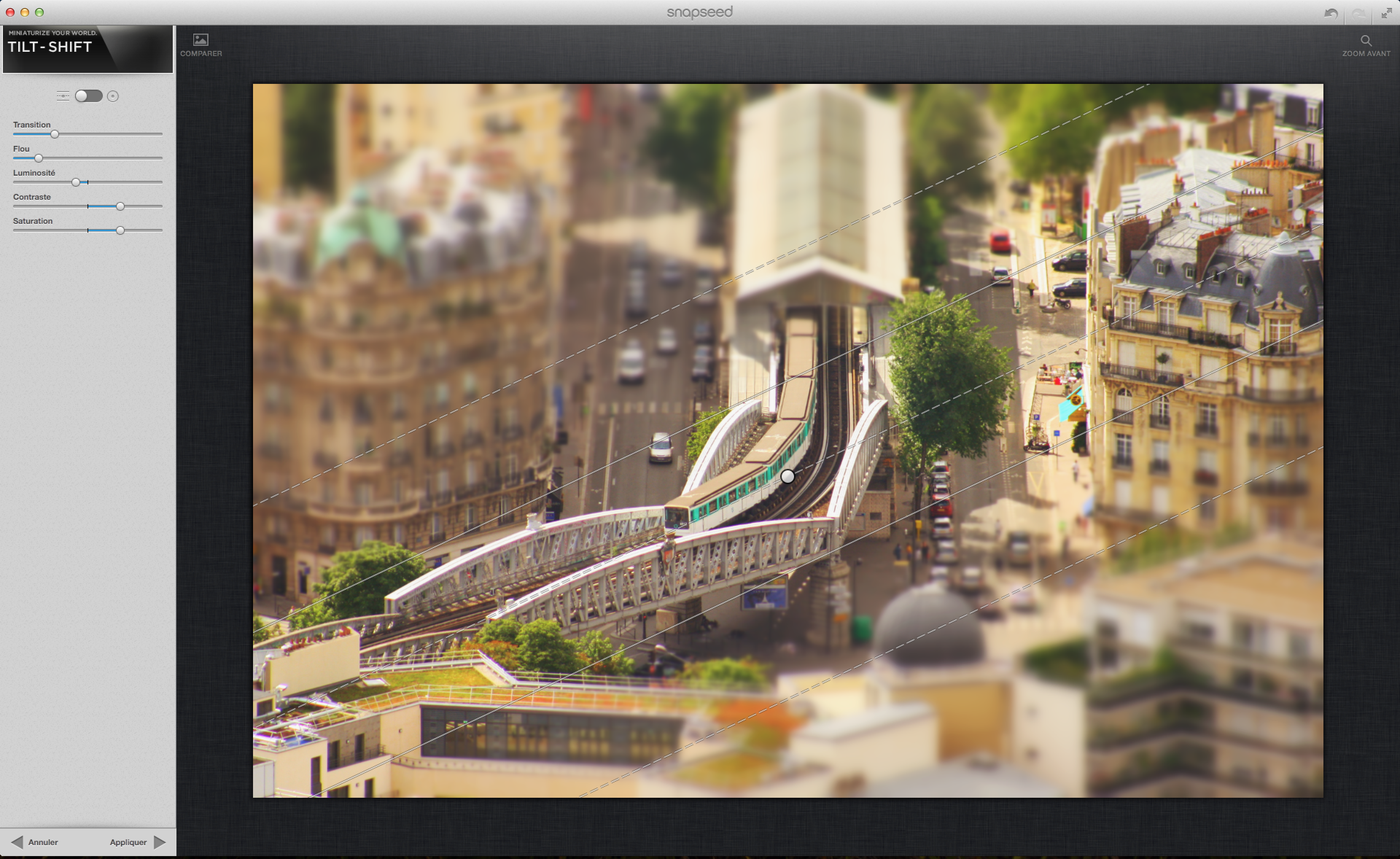
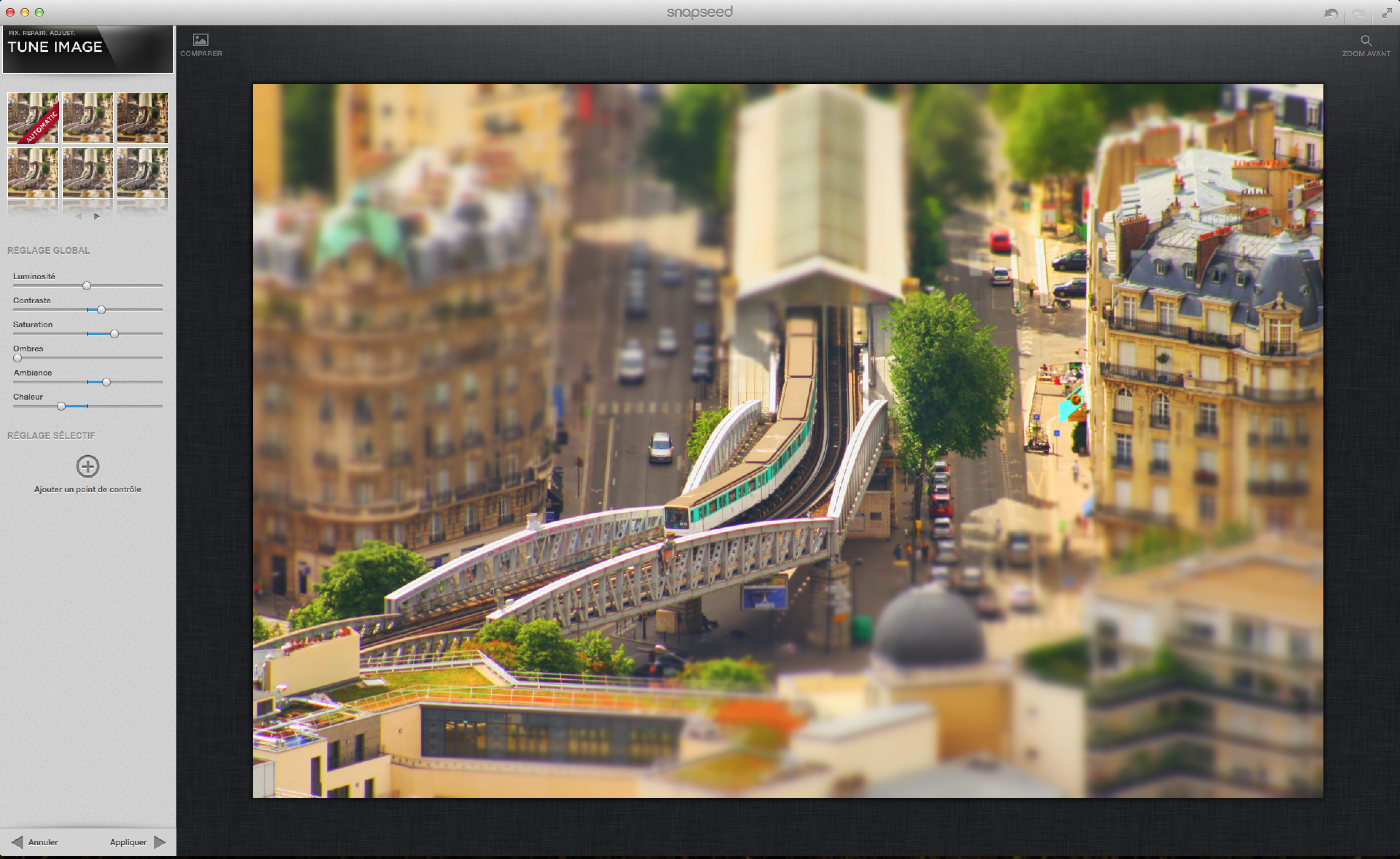
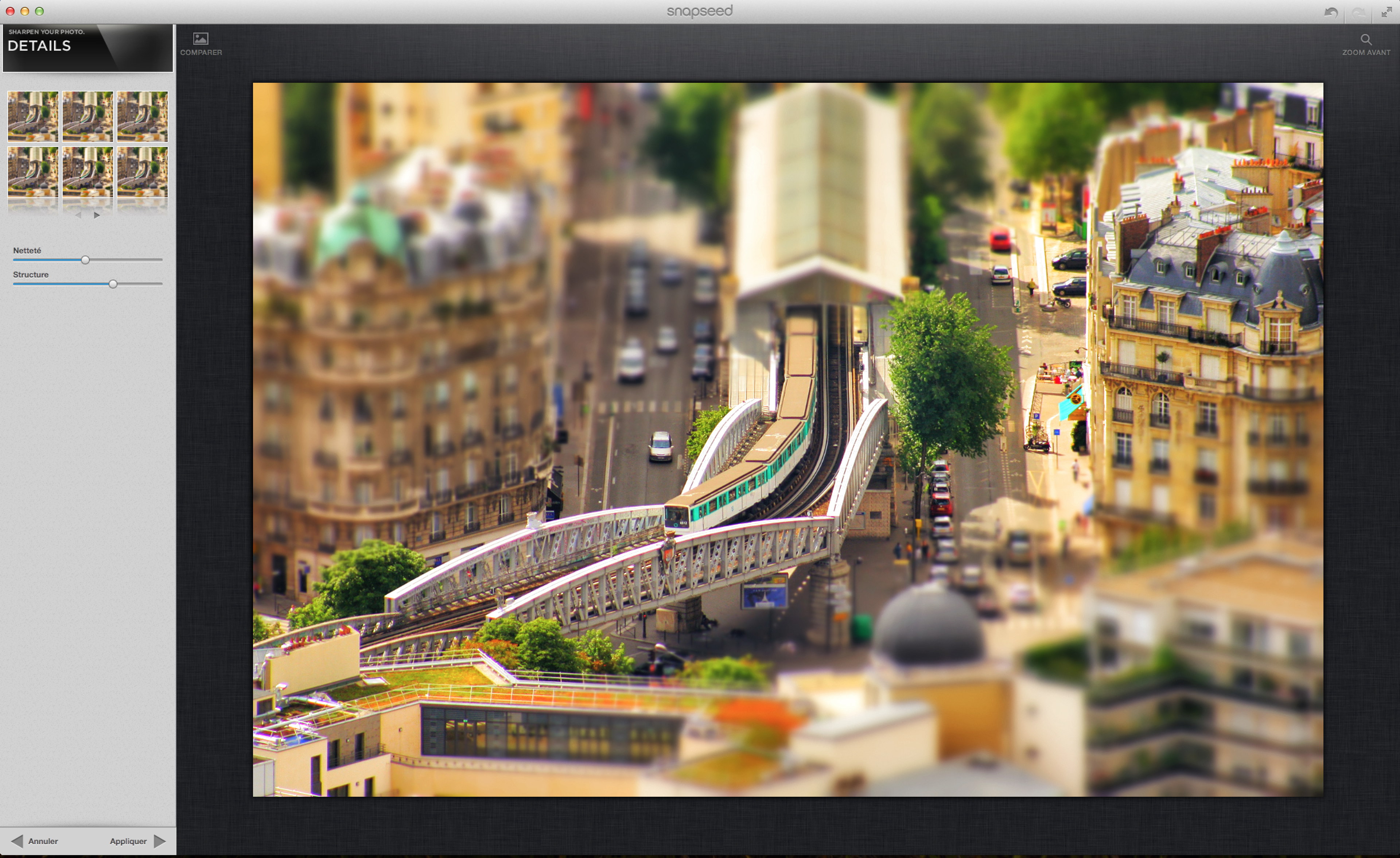










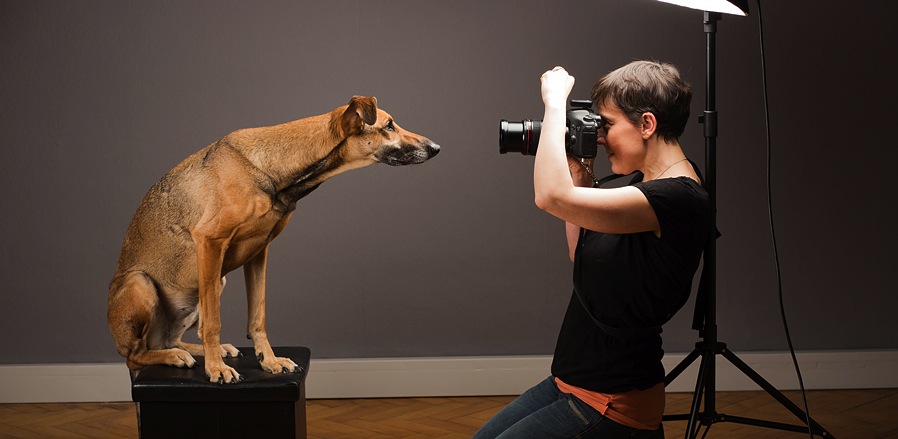
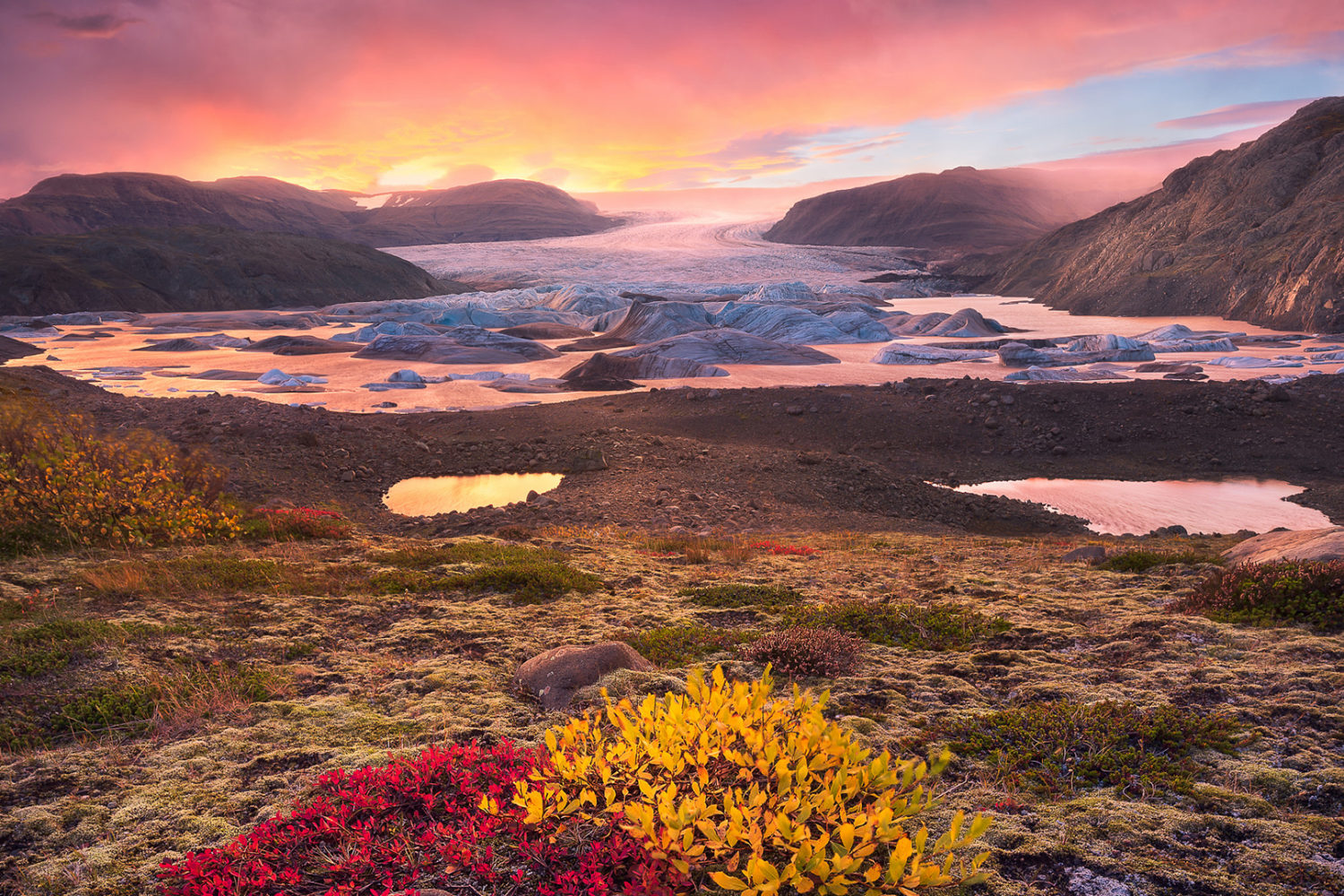
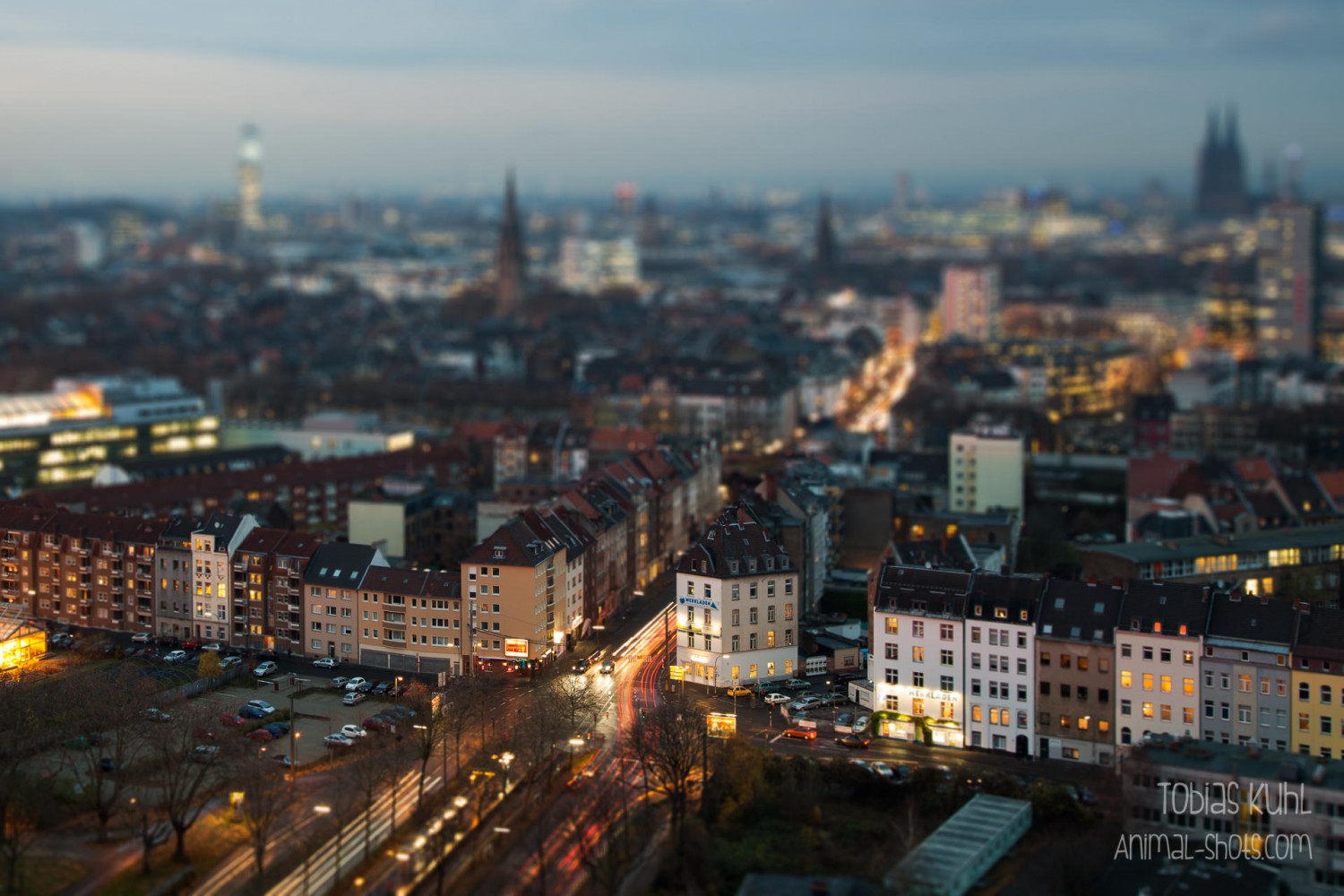
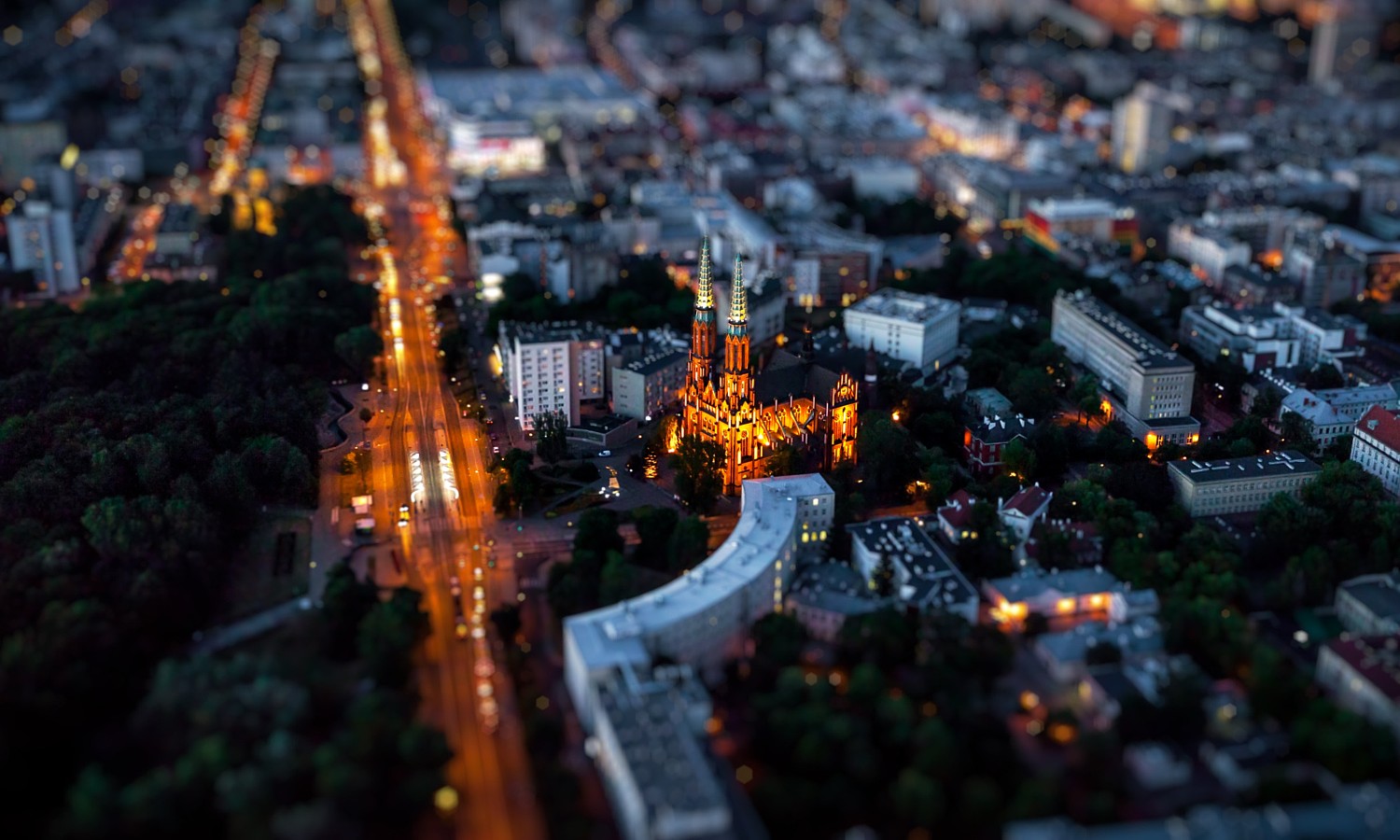

Leave a reply